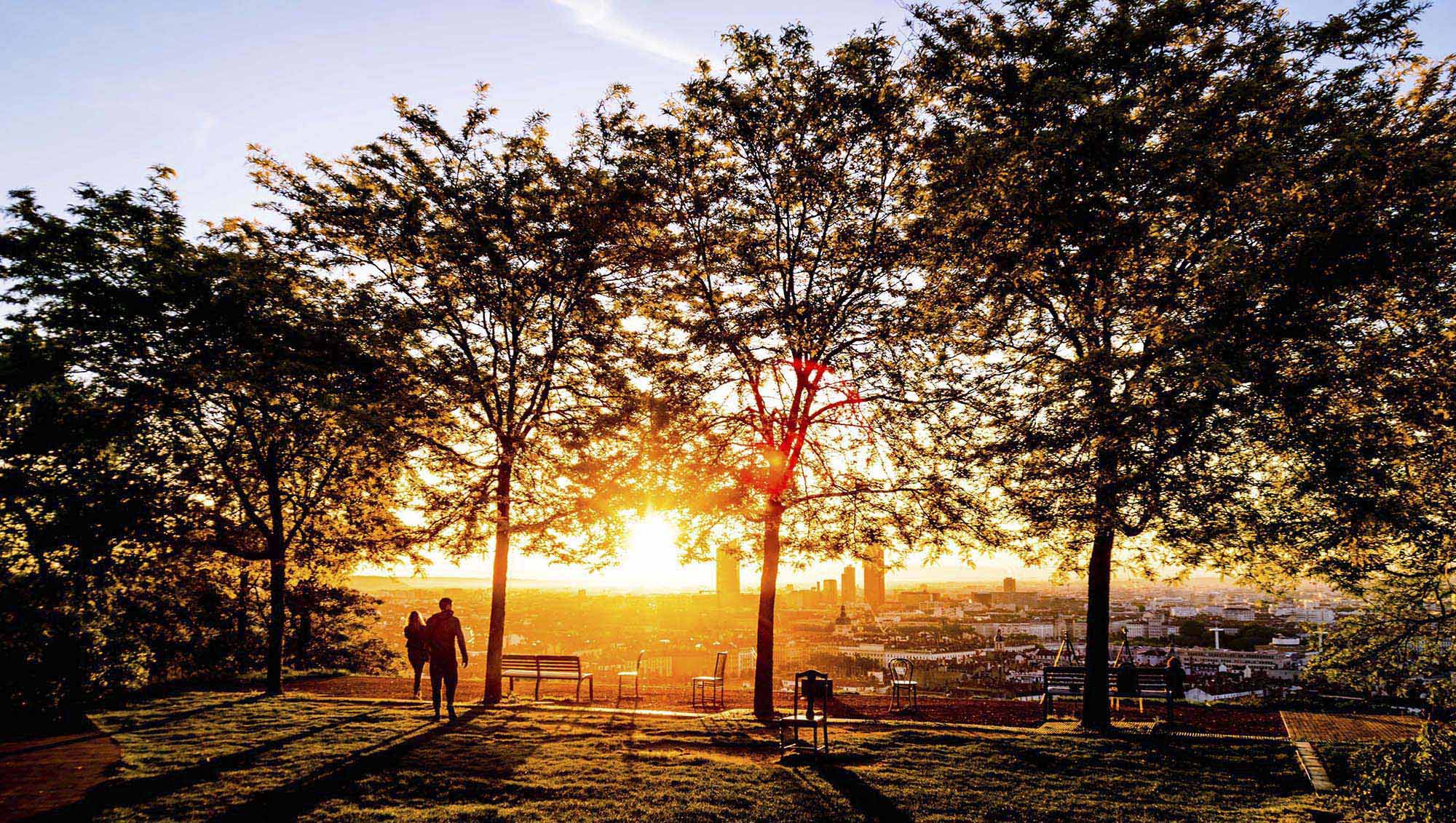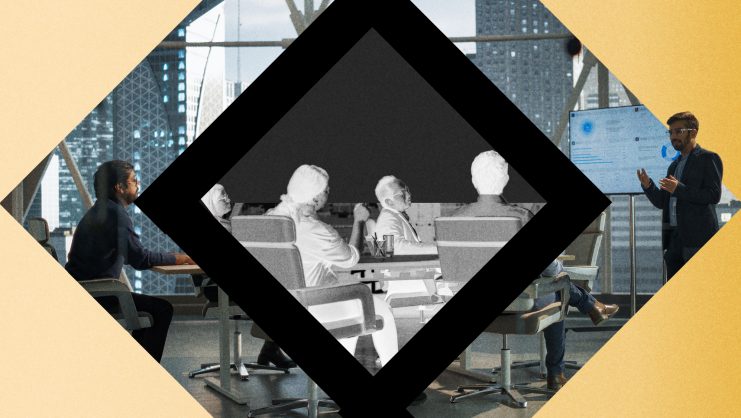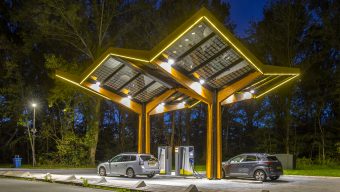Migration from the countryside to cities is an unstoppable—and accelerating—global phenomenon. Cities are currently responsible for 80% of global GDP, 70% of global energy consumption, and 70% of all CO2 emissions. There is only one way forward: we must create more sustainable cities and communities—a challenge addressed by Sustainable Development Goal #11 in the United Nations 2030 Agenda for Sustainable Development—while also working towards social goals that will make cities more inclusive, cohesive, and resilient.
Six major challenges
Cities must address six major challenges, with citizens playing a key role in these efforts.
1. Creating communities
The only way to make cities more human is to focus on creating communities. As we have advanced along the path of progress and individualism, community has gradually fallen by the wayside. Nowadays, this concept is a sought-after value that is enjoying a resurgence in new lifestyles that emphasize community-building.
In this cohesion strategy focused on creating communities, one element—culture—stands out as the main engine of development. Culture works to strengthen people’s sense of belonging, social cohesion, and collective identity.
2. Compact cities that encourage interaction among residents
One of the keys to making cities more human is to create big “social cohesion” spaces—streets, buildings, neighborhood associations, etc.—that encourage people to interact with one another. In places where social encounters are more common—for example, villages—people tend to live longer.
The Italian village of Acciaroli is a fine example of this tendency. Researchers from the University of San Diego and the Sapienza University of Rome took an interest in this 700-person hamlet, whose inhabitants seem to cheat death with their unusually long lifespans. Among many other interesting conclusions, the study found that residents of Acciaroli converse with their neighbors and get some sort of exercise—gardening, walking up and down the village’s steep streets—on a daily basis.
In places where social encounters are more common, people tend to live longer.
3. Pedestrian-scale cities: the concept of walkability
Having one’s workplace or cultural and recreational offerings within walking distance is seen as a luxury—but it’s more affordable if you live in the city center. Walkability is a factor of cohesion and economic activation for urban centers, but it also offers enormous benefits to society as a whole. The populations of less walkable areas tend to be less diverse and have lower incomes, higher unemployment rates, lower access to education, longer commutes, and less space for recreation.
The big challenge for city planners is to create new urban fabrics that respect the principle of walkability. But they must also regenerate existing neighborhoods—most cities are built on top of existing settlements, not from scratch—and transform them into walkable, human-scale cities.
4. Green cities
The notion of green architecture is not limited to buildings; our cities as a whole must acknowledge their environmental responsibility. Nowadays, architecture is clearly focused on green certificates and the use of technology to increase efficiency. The construction process needs to be based on the circular economy and support the fundamentals: sustainable building, optimal resource management, the use of natural and recyclable materials, and energy efficiency.
Responsibility at the city scale is also crucial. Urban voids and “fifth facades” must not be neglected: they can be landscaped, thereby increasing the overall amount of green space. The expansion of landscaped surfaces in public spaces and buildings generates a sense of well-being and encourages interaction with nature. Contact with nature and landscaping has been shown to reduce stress and increase productivity.
The big challenge for city planners is to create new urban fabrics that respect the principle of walkability. But they must also regenerate existing neighborhoods.
5. High air quality
Urban air quality is a global challenge. In major cities, high air quality is an indicator of excellence. Nearly 80% of cities have air pollution levels that exceed the limits established by the World Health Organization and nine out of ten people worldwide—92% of the global population—breathe polluted air. The main sources of air pollution are transport, household energy consumption, electricity generated from “dirty” sources, and improper waste management.
6. Participatory and connected, all day, every day
Citizens want open cities that are active 24 hours a day, 365 days a year. Nowadays, nearly all companies are online, with a near-constant flow of information. Shouldn’t the same be true of cities? And shouldn’t civil society be involved in city management?
These are the six major challenges that will set cities on the path towards building socially and economically sustainable communities and making their inhabitants more inclusive, more human, and more resilient.
© IE Insights.












